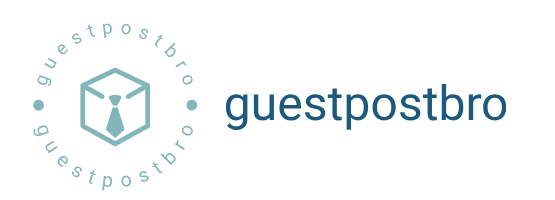Protection Tips for Private Blog
Having a private blog might sounds weird in this openness era. It’s reasonable because anyone…

Having a private blog might sounds weird in this openness era. It’s reasonable because anyone wants more popularity these days. Submitting guest post and get backlink are activities that can describe it. Whether it’s for business like Seo or for personal, enable its visibility become an opportunity. Did you ever hear about Private Blog Network or PBN? It’s a good strategy to gain traffic besides White Hat tactic. Then Keeping your writing and share it only to some people seems similar.
WordPress is one of the Content Management Systems to use. Of course it has that feature to make your blog completely private. If you are still unsure about the benefits, you can read a previous article about knowing how to make blogs private. Now it’s your time to discourage the search engine from indexing or crawling your blog with some tricks below.
Protecting Content Based on the User Level
The first trick to protect your private blog is allowing specific user level. You might have a project with a team or group. Then it’s very beneficial if you can make a private blog. There are some plugins to use for this need like More Privacy Options and Private Content plugin. Both of them have different values to make your blog private. If you want your blog to be seen only to members or even admins, you can use More Privacy Options. While for those who want to allow editors and authors only, you can use Private Content plugin. There are actually other plugins available, it’s good if you learn them before.
The Use of Password
We are already familiar with the use of password to protect any gadgets. This also can be applied for your private blog. You just need to check the visibility when you are about to publish the contents. There will be three options to choose which are Public, Password Protected, and Private. Then choose the second one to restrict access to only certain posts. Don’t forget to tell the password to your family members or other specific people so that they can access the protected contents.But if you want to use it only for yourself, you can choose “Private”.
Protecting Partial Content with Shortcodes
The last trick to do for your private blog is protecting partial content with shortcodes. Same as when you use password, there are also some plugins for this purpose. WP Content Protection and Content Protector are the examples. It will require a password to the protected section of the post.






